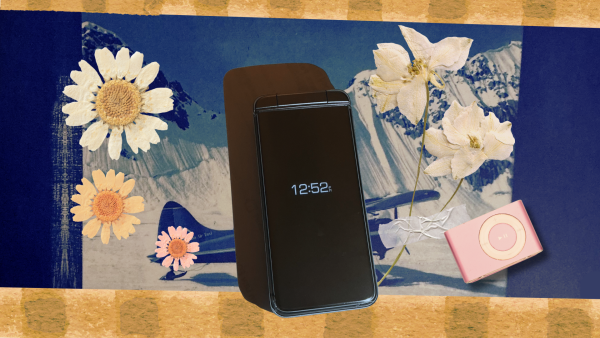Women’s Body Standards and Their Impacts
Women’s body standards change like fashion, and with this constant transformation of the ideal body, women everywhere feel as if it is impossible to achieve.
From the 1900’s until now, the ideal body has changed drastically. In the 1900’s, women would wear corsets to have a smaller waist. The ideal standard was thin legs and waist and wide hips. Today’s standard is to be curvy but maintain a flat stomach. Woodbridge student Jessie Flannigan said, “In the early 2000s the ideal body type was fair skin, skinny body, and long legs. It’s very different compared to the ideal body types we have now.” The changing body standard is extremely difficult to keep up with.
Not only does body image impact teenagers and adults, it also affects young kids.
“The body standard heavily impacts children because they see it as “the right type of body”. This affects many kids mentally as they grow into their teen years. Not having this desired body makes many kids feel insecure or feel as if something is wrong,” someone said in an interview.
Young women grow up thinking they must maintain a specific appearance. This not only affects their mental health, but their physical health as well. They grow up believing they need to fix their differences. Instead of taking care of themselves, many women develop eating disorders and extremely unhealthy habits.
Fashion trends also affect the body standard.
“Fashion trends praise tighter, more revealing clothes, and it has directly affected the ideal body standard. People want a body that looks “better” in tight clothes. This typically means people want what is sexually desired, such as a curvier body,” a Woodbridge student responded in a survey. Because of modern fashion trends, people feel the need to conform. Low-rise jeans encourage flat stomachs, and skinny jeans encourage wider hips and bigger thighs. These fashion trends are a great influence, making the ideal body appear unattainable.
The body standard is extremely influential on the growth of young women and the mental and physical health of adult women. Our culture needs to start being more accepting of different bodies and instead of shaming people for being different, learn to support and love people who are not the same.





